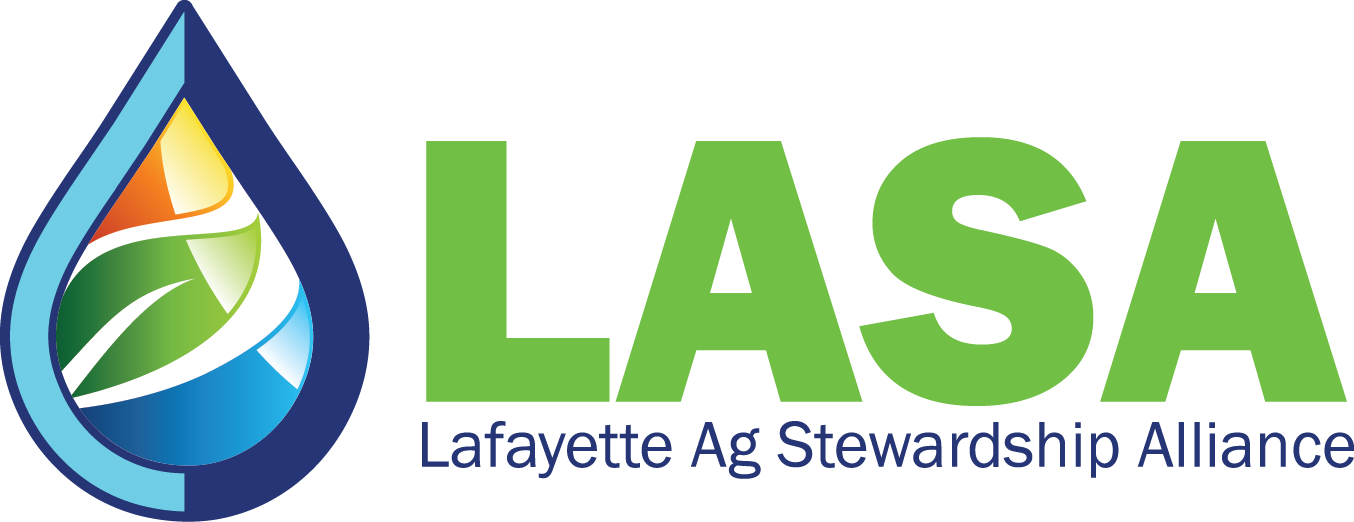Lafayette Ag Stewardship Alliance member, Jason Rowe hosted a field day highlighting the group’s Nitrogen Optimization Pilot Program. This research study is part of the DATCP and UW-Extension statewide program and focuses on the economic and agronomic optimal nitrogen application rate.
The NOPP program has 38 funded projects and 77 trials across 33 counties and has been awarded 2.6 million dollars. The first trials of this program wrapped up in fall of 2023. Each NOPP project is slightly different, allowing farmers to address questions specific to their location in the state. Farmers and collaborators work closely to create highly detailed, customized project plans. The projects analyze a minimum of four nitrogen rates, including a zero-nitrogen control, and collect data to help answer research questions and complete surveys.
In partnership with the Regional Extension Educator, LASA designed a split plot nitrogen rate trial to study the optimum nitrogen rate of corn following soybeans with a rye cover crop. Rowe’s plot does not receive any manure throughout the project. He says he’s had a great experience being a part of the project so far.
Another component of the LASA NOPP project is measuring cover crop biomass. The cover crop biomass has many benefits, such as building soil health, nutrient retention, erosion control, weed suppression and winter forage for livestock. Controlling the moisture can be a challenge when utilizing cover crops. In the short-term, the cover crop may compete for moisture while growing, but it can ultimately result in less run-off and an increase in water infiltration once the plants are established. In the long-term, it results in better soil health, soil structure, water infiltration and water holding capacity of the soil.
Thank you to all who attended this engaging and educational field day.
